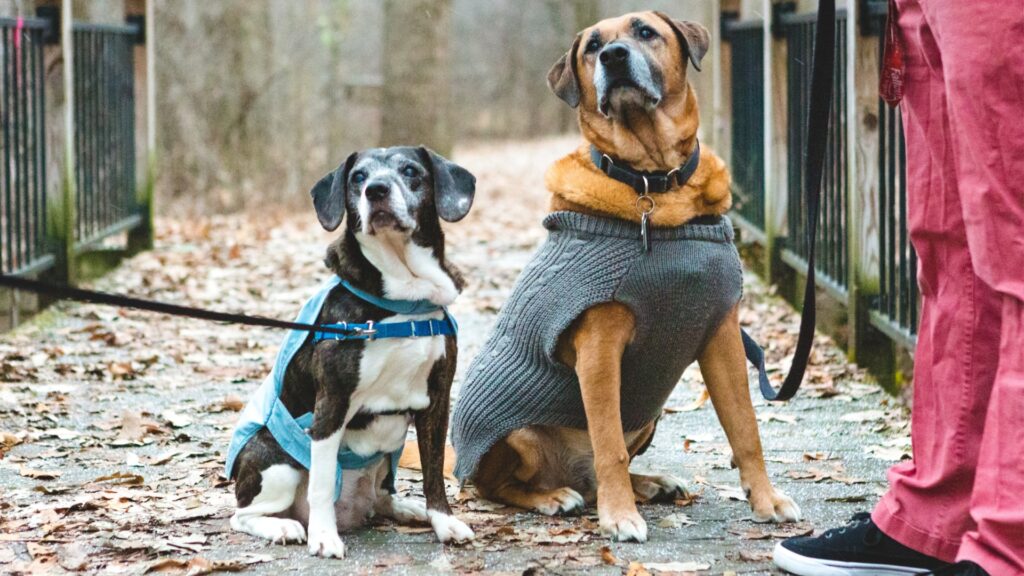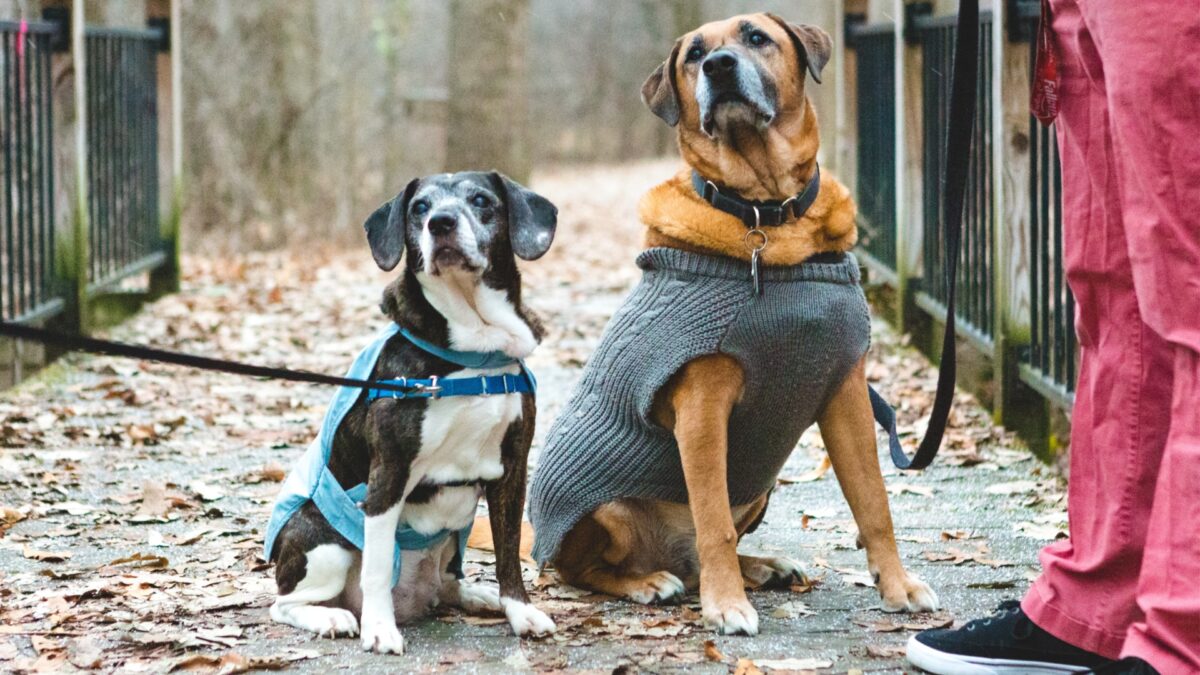5 Tips for Introducing a Second Dog into Your Home
Posted on June 5, 2023 by Misty Fleming

Bringing a second dog into your home can be an exciting and rewarding experience, not just for you but also for your existing furry companion. However, introducing a new dog to your household requires careful planning and consideration to ensure a smooth transition and harmonious coexistence. In this blog, we will explore some essential tips to help you successfully integrate a second dog into your home.
1. Choose Complementary Personalities
When selecting a second dog, it is crucial to consider the temperament, energy level, and compatibility with your existing dog. Ideally, choose a dog whose personality complements your current canine companion. This can increase the chances of them getting along well and decrease the likelihood of conflicts.
2. Introduce in Neutral Territory
Before bringing the new dog home, arrange a neutral meeting place, such as a park or a quiet outdoor area. This neutral ground can help reduce territorial behavior and allow both dogs to interact more comfortably. Walk them side by side and observe their body language to gauge their reactions.
3. Familiarize Gradually
Once you’ve established a positive initial interaction, it’s time to introduce the new dog to your home. Begin by bringing the new dog into the yard or a specific room and let them explore in separate areas. Gradually allow them to interact under supervision, ensuring that both dogs have a chance to establish their own space and adjust at their own pace.
4. Maintain Individual Attention
While the dogs adjust to their new living arrangement, make sure to continue providing individual attention and care to both pets. Spend quality one-on-one time with each dog to prevent jealousy or feelings of neglect. This will reinforce their bond with you and reduce the likelihood of developing any rivalry.
5. Establish a Routine
Maintaining a consistent routine can be immensely helpful when integrating a second dog. Dogs thrive on structure and predictability, so establish a feeding schedule, exercise routine, and training sessions for both dogs. Having a routine in place helps create a sense of stability and minimizes potential stress or behavioral issues.
6. Supervised Interaction
During the initial phase of cohabitation, supervise all interactions between the dogs. This is particularly important when you’re not around to prevent any potential conflicts. Gradually increase the amount of unsupervised time once you’re confident that the dogs are comfortable with each other and have established a positive dynamic.
7. Provide Separate Resources
To avoid resource guarding or competition, ensure that each dog has its own food and water bowls, toys, beds, and designated spaces. This allows both dogs to have their own personal belongings and reduces the likelihood of conflicts arising from possessiveness.
Meet Your New Best Friend
Are you ready to bring a new dog into your home and life? If so, we invite you to take a look at the dogs we currently have available for adoption!
